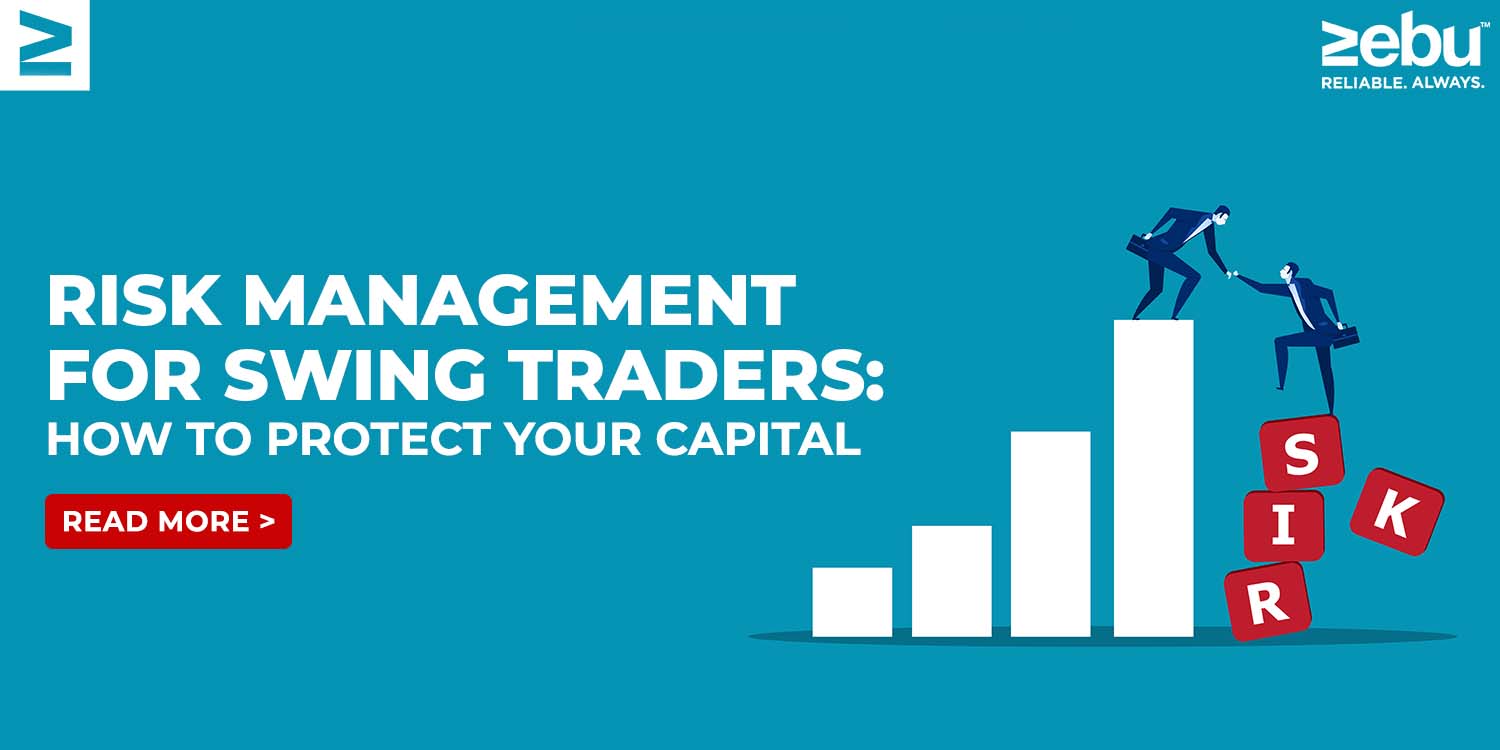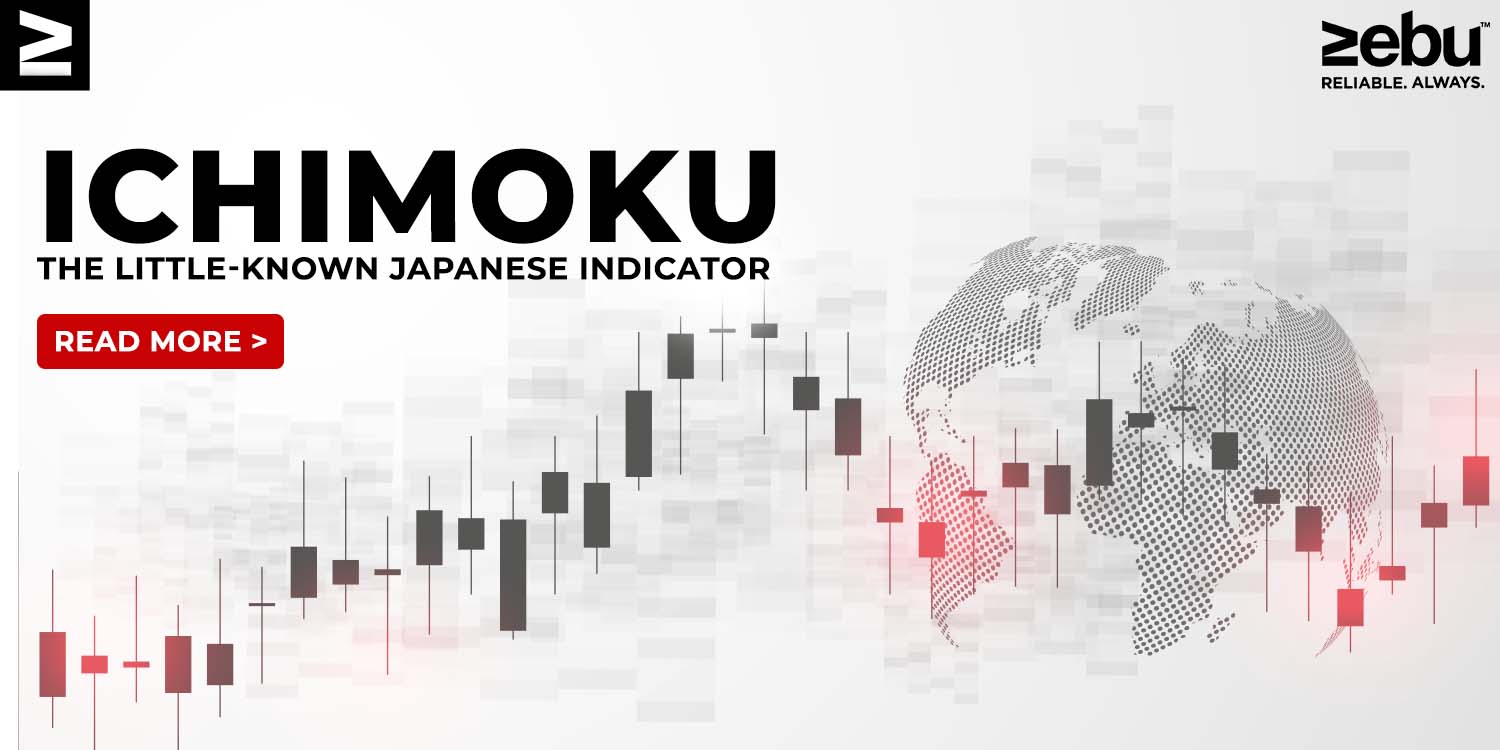
Financial planning must include retirement planning in order to guarantee a pleasant and long-lasting lifestyle when one’s working years are done. It is essential to have a strategy in place to maintain financial stability and self-sufficiency because of the increase in life expectancies and rising medical expenditures.
Investing in mutual funds is one of the best methods to accomplish this. A form of investment instrument known as a mutual fund pools the funds of several participants to buy a diverse portfolio of stocks, bonds, and other assets.
Investing in mutual funds can help with retirement planning for the following reasons:
Potential for long-term growth: Investors may see long-term growth with mutual funds. This is due to the fact that mutual funds invest in a diverse portfolio of stocks, bonds, and other securities, which over time may generate a consistent flow of income.
Asset diversification: Mutual funds offer a diverse portfolio of assets, which reduces risk. Mutual funds can lessen the effect of any one investment on the whole portfolio by investing in a number of other securities.
Professional management: Professional fund managers who have the knowledge and skills to make investment choices on behalf of the fund’s investors oversee the management of mutual funds. This might make sure that the portfolio is well-diversified and managed in a way that is consistent with the investment goals of the fund.
Automatic contributions are available with many mutual funds, which can make it simple to consistently save for retirement. This may be a practical approach to accumulate savings over time without having to give it much thought.
Tax benefits: Some mutual funds offer tax benefits that may aid investors with their tax obligations. For instance, some mutual fund categories, such those that invest in municipal bonds, can be qualified for tax-free dividends.
It’s crucial to keep in mind that there is some risk associated with investing in mutual funds, so do your homework and fully comprehend the fund before you do. When selecting a mutual fund, it’s also crucial to take into account your individual risk tolerance and investing objectives.
When preparing for retirement, it’s crucial to invest for the long term and concentrate on asset diversification to lower risk. A well-diversified mutual fund portfolio can help assure a comfortable living in retirement by generating a consistent stream of income over time.
As a result of its potential for asset development and diversification, expert management, automated contributions, and tax benefits, investing in mutual funds can be a useful tool for retirement planning. When selecting mutual funds, it’s crucial to conduct your homework, take into account your personal risk tolerance, and have financial goals in mind so that you can make an informed choice that works with your retirement plan.








